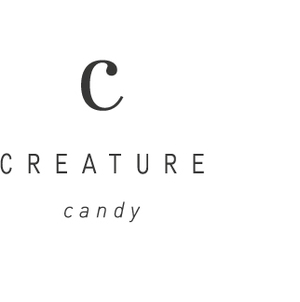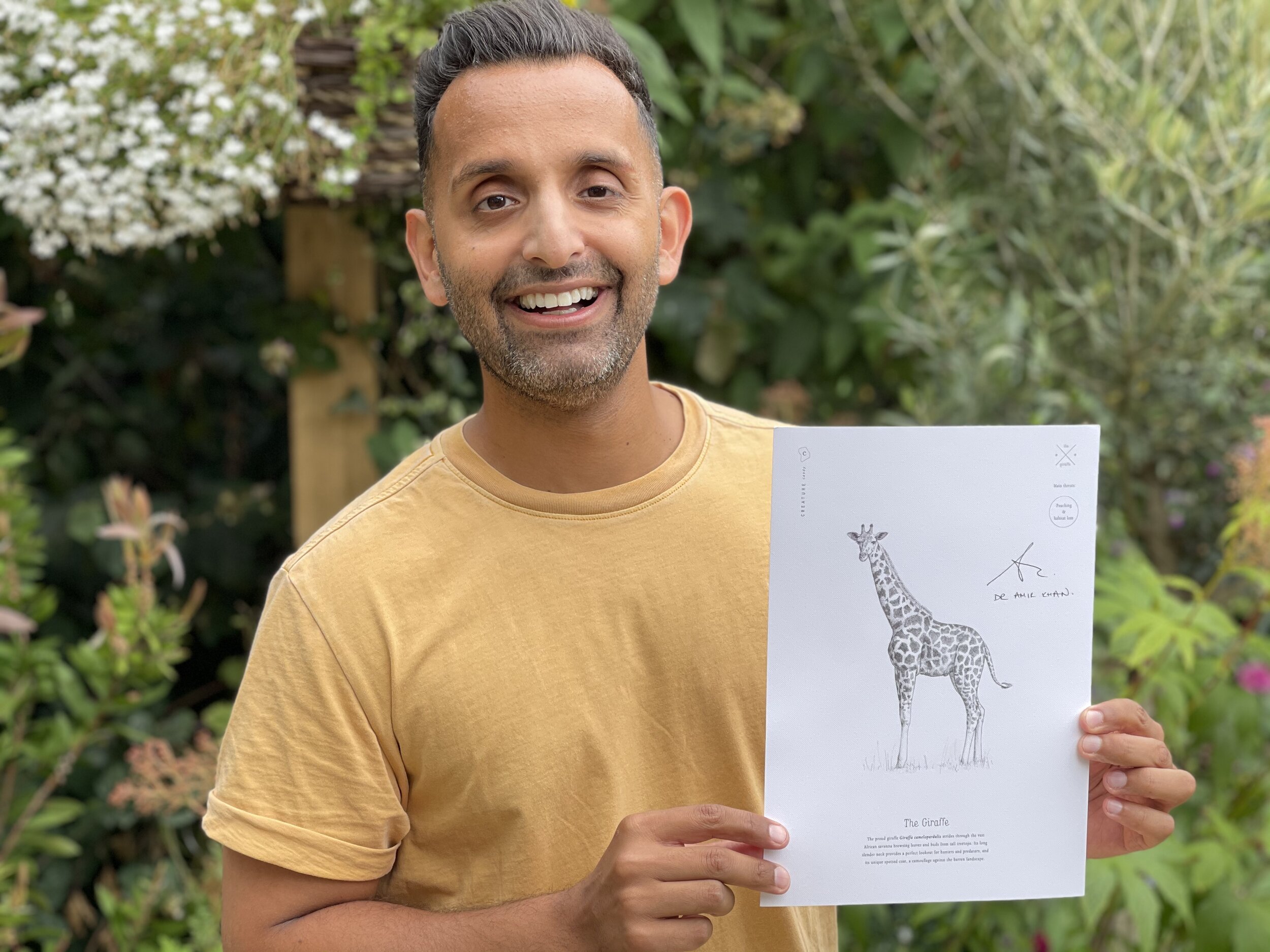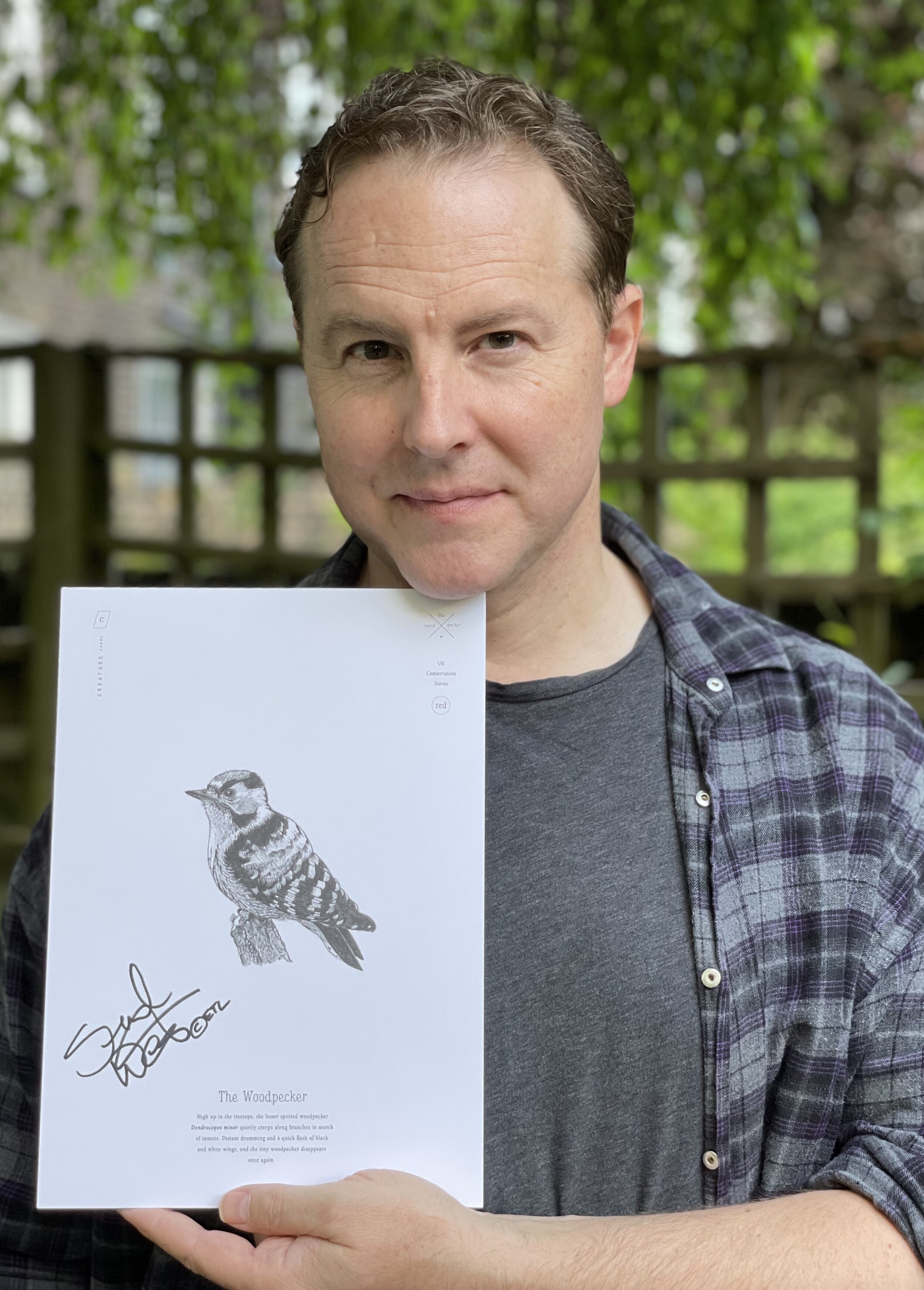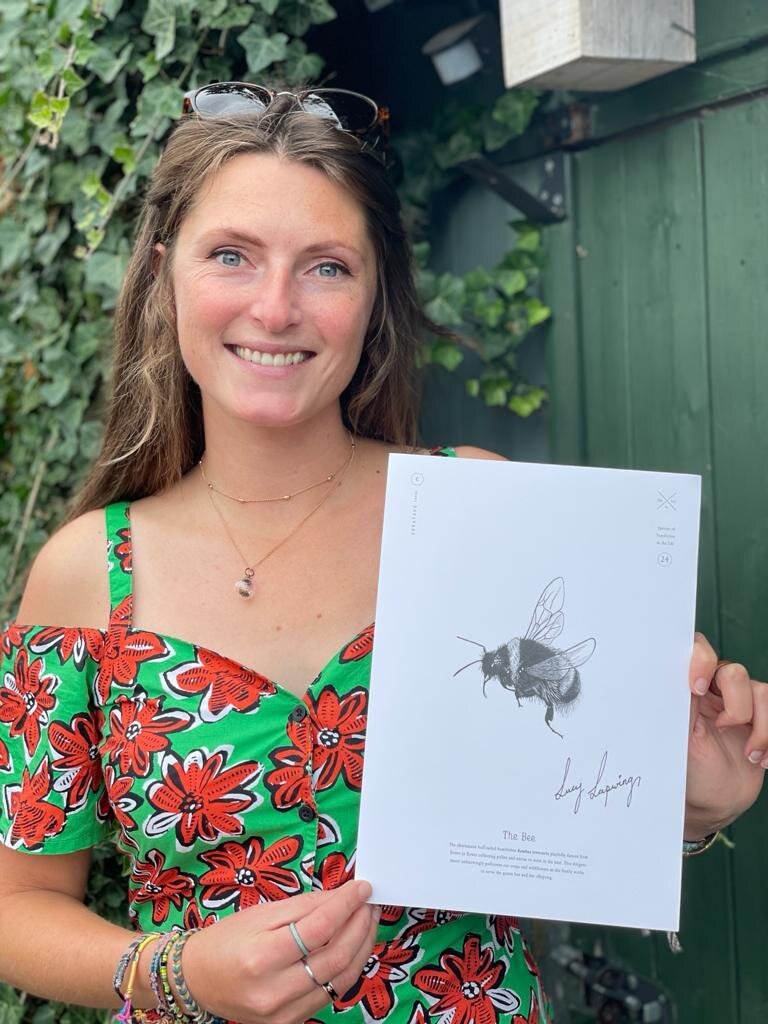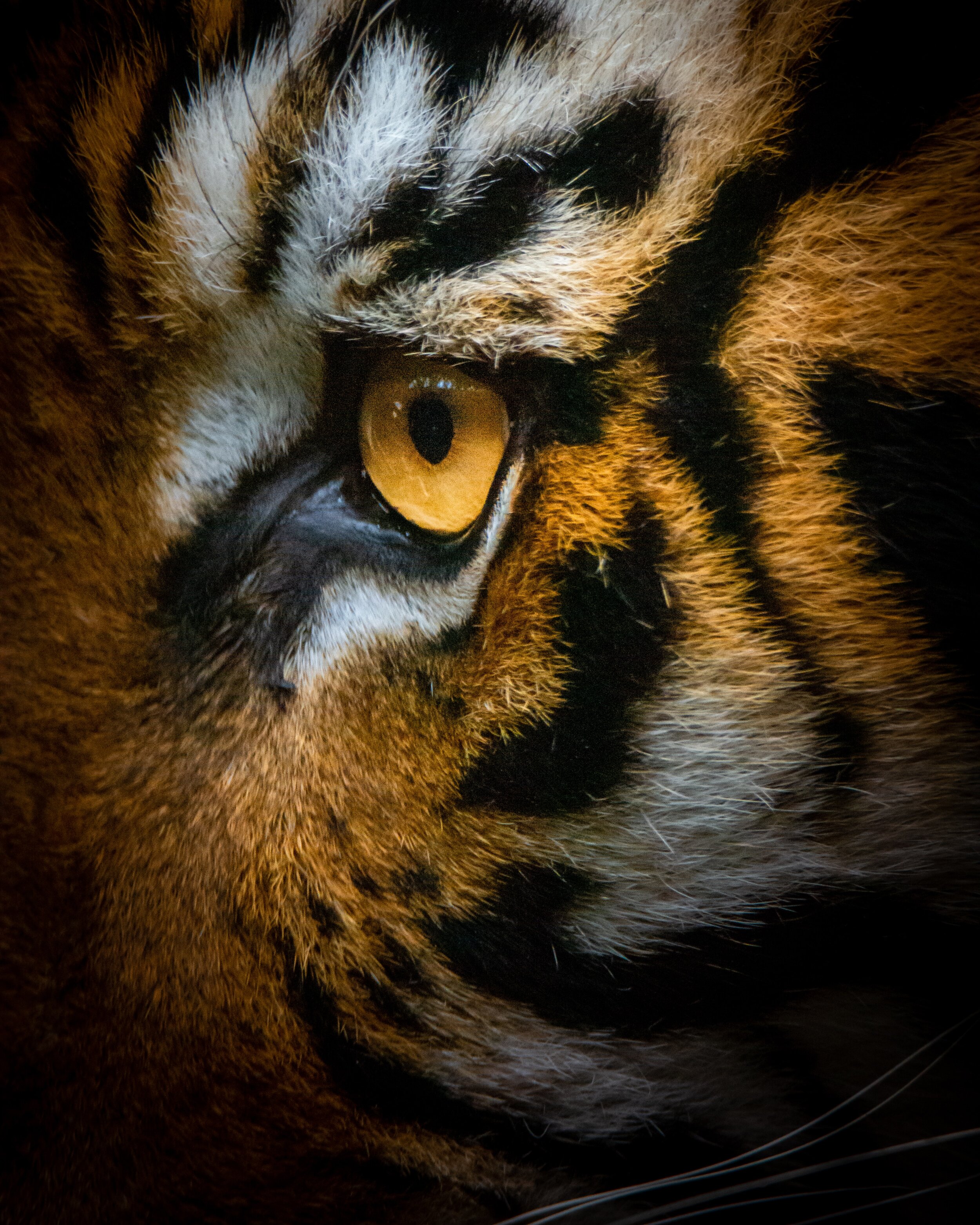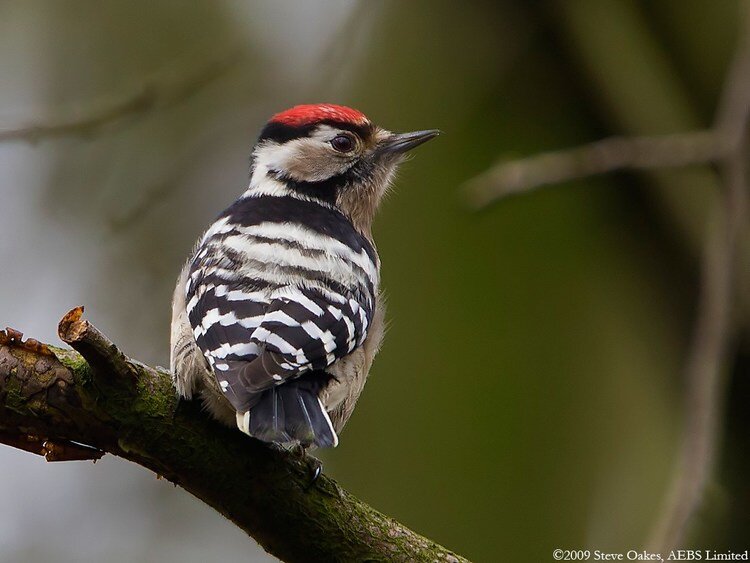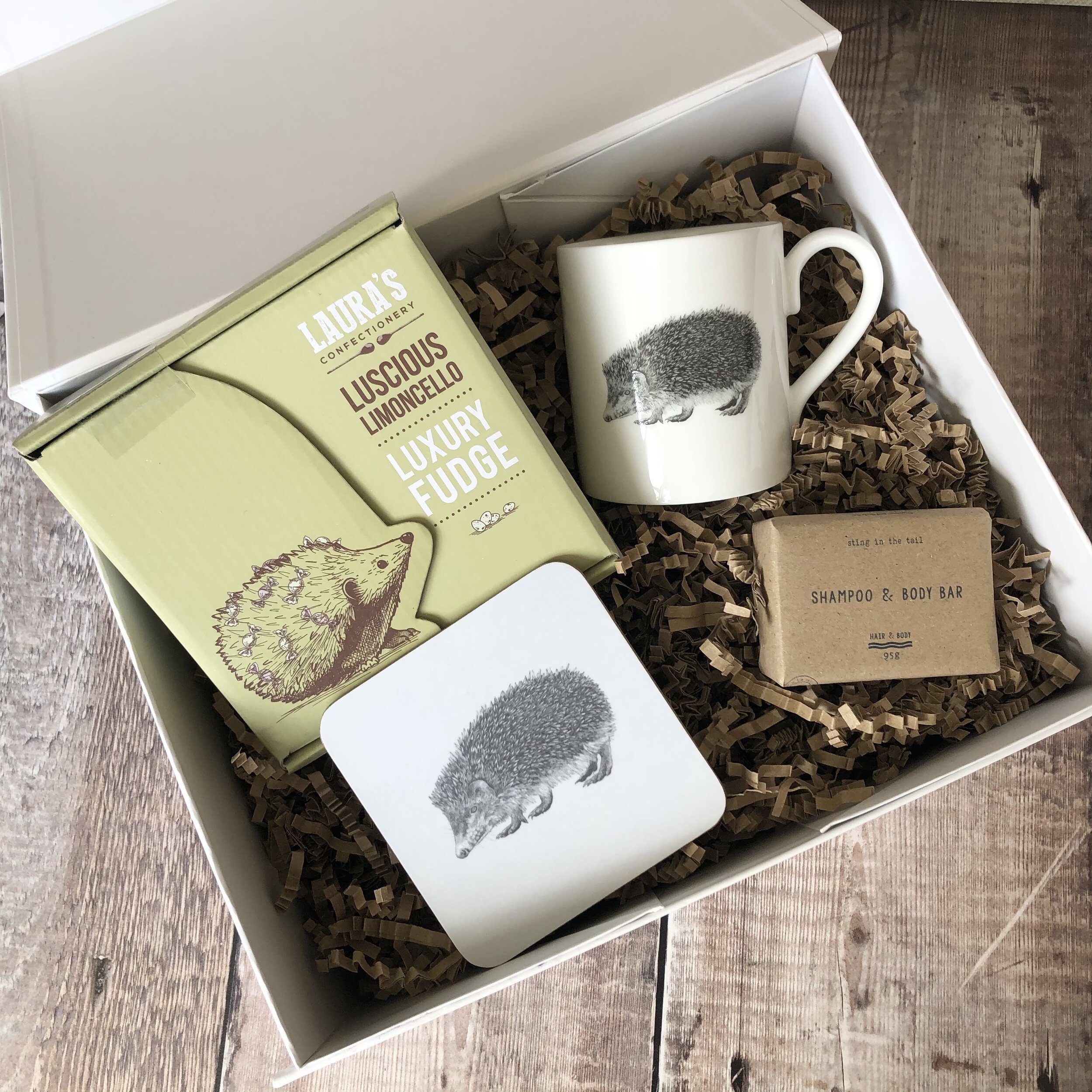Photo: Karen Miller (www.karenmillerphotography.co.uk)
The red squirrel is the UK’s only native squirrel species. Although their populations remain healthy in mainland Europe, red squirrels have suffered major declines in the UK. This once widespread species is now predominantly restricted to Scotland, the Lake District and Northumberland, with some isolated populations further south in England and Wales. Scotland is currently home to an estimated 120,000 individuals, 75% of the UK’s remaining population, when there once would have been millions. Red squirrels are now classified as endangered on the Red List for Britain’s mammals.
If you’re hoping to catch a glimpse of these elusive auburn creatures, we’ve compiled some great suggestions of where to go!
Where can you find red squirrels?
Autumn is just around the corner, which is the best time to spot red squirrels that spend more time on the ground creating a cache of nuts and seeds. They are most often found in coniferous woods where hazelnuts are available. Look out for nibbled pinecones and nests (a ‘drey’) of twigs, leaves and bark high in tree canopies. Here’s 10 places you can find red squirrels in the UK:
Red Squirrel Trail, Dalbeattie Forest, Dumfries and Galloway
Newborough Forest, Anglesey
Kielder Forest, Northumberland
Bouldnor Forest, Isle of Wight
Glenmore Forest Park, Highlands
Brownsea Island, Dorset
Formby Point, Lancashire
Whinlatter Forest Park, Cumbria
Snaizeholme Red Squirrel Trail, Widdale, North Yorkshire
Merlin Park Woods, City of Galway
Photo: Richard Birchett (richardbirchett.co.uk)
What is causing their decline?
Our native squirrels are vulnerable to predators, viruses and changes to the landscape, but the introduction of grey squirrels is thought to be the primary factor in their deteriorating numbers.
Grey squirrels were first introduced to England from North America in 1876, as an ornamental species for populating the grounds of stately homes. Up until 1930 there were around 30 independent introductions, which came to a halt when the damage caused by grey squirrels was then recognised. It became illegal to carry out further releases into the wild, however this was too late and grey squirrels managed to spread across much of the UK; a disservice to red squirrel populations.
As they evolved in the oak and hickory forests of America, grey squirrels evolved to digest seeds with a high tannin content more efficiently. Before they ripen, acorns contain copious amounts of these chemicals and are also a high-energy food source. Tannins are unpalatable for red squirrels, so greys are able to decimate their food source prior to ripening which in turn forces reds into other areas where they find it more difficult to survive.
Grey squirrels also transmit a disease called squirrelpox virus (SQPV), which once infected, usually ends in the death of red squirrels. It only takes one grey squirrel to introduce this virus to a red squirrel stronghold for it to wipe a large proportion of them out. In areas plagued with SQPV, red squirrel decline is between 17-25 times faster than through competition alone.
Photo: Karen Miller (www.karenmillerphotography.co.uk)
What is being done to help?
The Red Squirrel Survival Trust (RSST) is a national charity that was established to conserve and protect the red squirrel in the UK. They initiated the formation of the UK Squirrel Accord and are raising funds for research into an effective and affordable grey squirrel fertility control system. Research for this is being carried out by Defra’s Animal and Plant Health Agency.
Attempts to manage grey squirrel populations have so far included various methods of culling. Culling alone has so far proved an unsuccessful endeavour that has failed to bring the problem under control, as the reproductive rate of grey squirrels far exceeds the numbers culled. It is believed that species-specific oral contraceptives will serve to lessen grey squirrel populations and allow reds to gradually recover.
RSST are working hard to ensure a future for Britain’s red squirrels. You can support their research and projects by shopping Creature Candy’s red squirrel products, including our red squirrel prints signed by Alan Titchmarsh! 50% of the sale price of these prints will be donated to RSST. Take a look below.
Check out our full red squirrel range.
10% of the sale price of all products donated to RSST.
